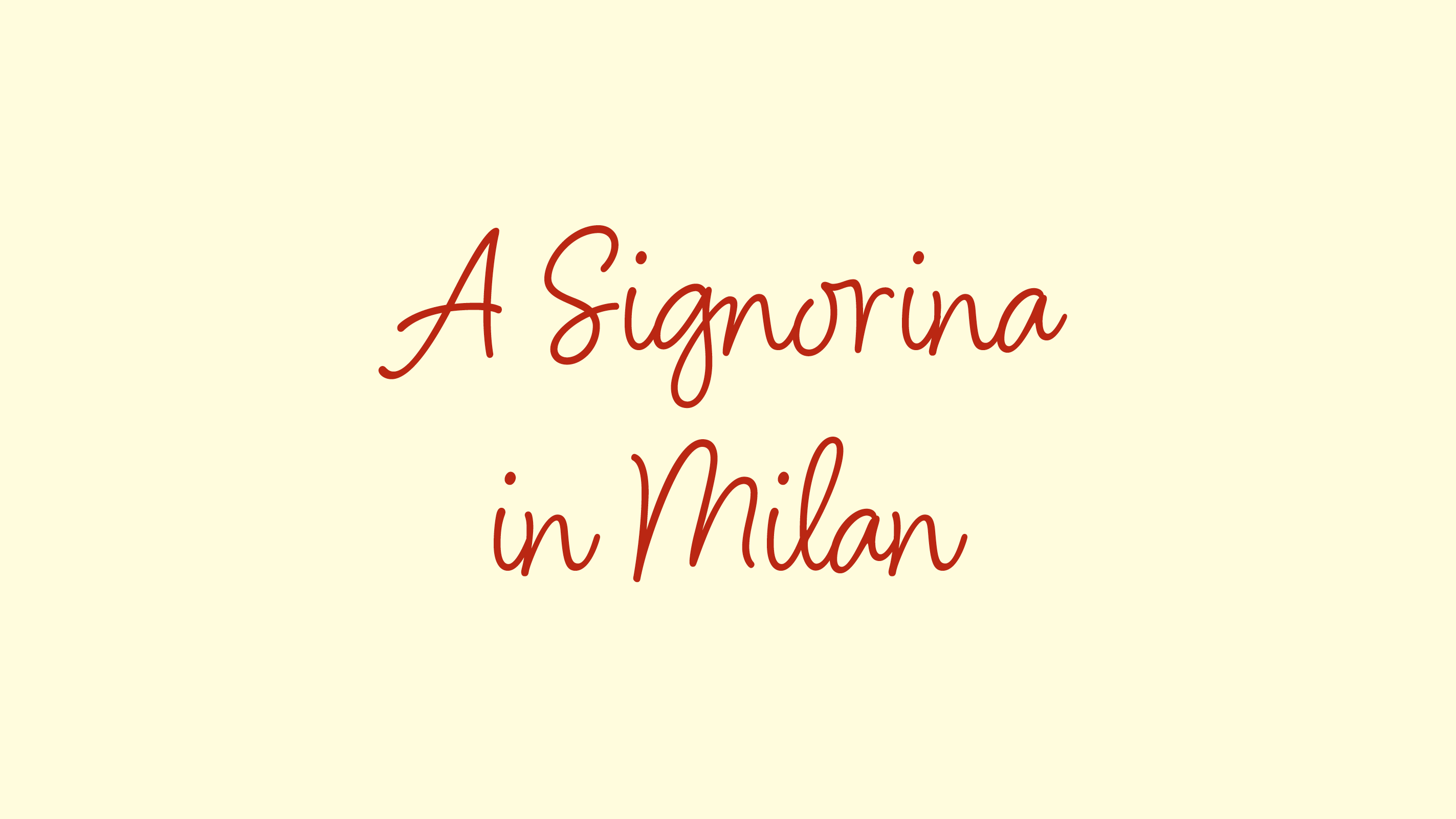
I’ve always been a rice person. I live for Aunt Liz’s rice balls, I can survive on a diet of solely suppli’, I love fried rice and/or white rice with my Chinese food and I’ve been known to indulge in an occasional paella, but I didn’t embrace risotto until the first time I visited Milan in 2012. I think part of what took me so long to warm up to this delight was that I had preferred my rice on the drier side–not dry in the sense of overcooked, bland and boring–I just, for the most part, was not into heavy and creamy preparations. Until, that is, I ate a carrot and thyme risotto at Ratana which rendered me risotto obsessed. Before long, I started gravitating towards risotto instead of pasta at restaurants and I’d relish in the pleasure of having a homemade version cooked for me. After sustaining my risotto fondness for two years, I can state with full conviction that risotto milanese is one of my favorite dishes of all time and I was eager to give it a try myself, but I didn’t know the first thing.
Now with the exception of boiling basic white rice (two cups of water for every cup of uncooked rice), the closest I had ever come to “making” any sort of fancypants rice-like dish was when I plated the arroz de pato during a stage at Aldea. I thought risotto required a large paella-like rice pan of sorts, but I was wrong. Under the tutelage of a friend and bonafide risotto master, I learned that despite a few tricky nuances, risotto was a piece of cake (not literally of course). Sure I could have relied on my good friend Google for some technical guidance, but that’s not the same as having a pro right there in the kitchen with you. It’s just not.
Firstly, as I mentioned, there was no large paella-like pan required. I heated vegetable stock in one small pot while in another, I merrily sautéed onions in olive oil…butter is optional and I/we opted not to use any. Once the onions softened, it was time to add the rice—carnaroli only of course, Acquerello, the brand of choice! Adding the rice was a ritual reminiscent of placing the diced apple chunks into the pot when I (successfully!) attempted my first apple crumble, so I was a little frightened. As I did with the apples, I stirred the rice like there was no tomorrow until it was toasty, terrified of any grains sticking to the sides or bottom of the pot. Not only did I not want to burn the rice, but I would rather lie on a bed of nails than clean up a wicked, burnt-rice mess. So, once the rice was nice and toasty, I enthusiastically started to add ladlefuls of broth…one by one. The first transfer was the scariest because the broth sizzles upon contact with the scorching pan causing little droplets to splash up and out. Once the rice started to absorb the broth, I repeated the steps, each ladleful less hazardous than the previous. This part of the process can take 15 — 20 minutes, and it’s crucial to taste the rice along the way to ensure it’s not over- or under-cooked. Then it was time for the glorious saffron, which gives the dish its vibrant golden color, and then the parmigiano, salt, butter and pepper. No marrow on this go and since I used vegetable stock instead of meat, you might say it wasn’t “true” risotto milanese but this is my risotto milanese, so gimme a break, okay? Un passo alla volta, one step at a time…I’ll include the marrow on my next go whenever that may be. And I just might stick with the vegetable stock.
If I do say so myself, the end result was quite pleasant. Next up? Mastering a homemade vegetable stock of my own. Vediamo….



My mouth is now watering for some risotto. Sounds delicious. Maybe, just maybe, you might be in the mood to make it in the future. But when will i see you again? You were just here for Christmas. If only you were coming home for another special event in the near future.
Hmmmm…special even in the near future? I’ll have to think about that one. Can’t think of any off the top of my head! xo 😉